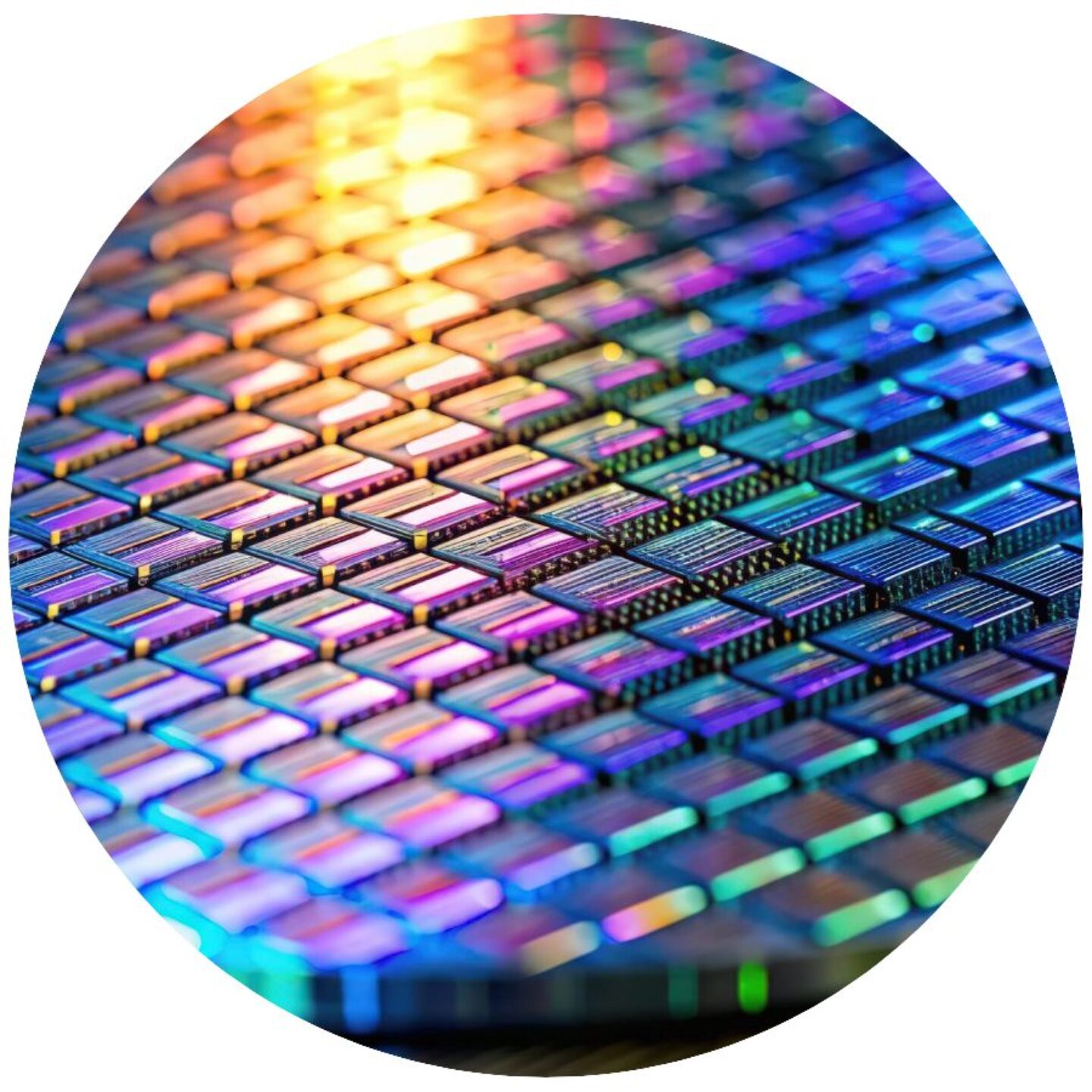
Our Technology Powering the Future of Proteomics
Learn About Platinum Pro
Explore our breakthrough technologies in single-molecule protein sequencing and ultrasensitive protein detection.
Next-Gen Protein Sequencing™ (NGPS™)
Unlock deep insights into protein presence, function, and disease relevance right in your lab.
Ultrasensitive Protein Detection (USPD)
Detect and quantify ultra-low abundance proteins with unmatched sensitivity and precision.